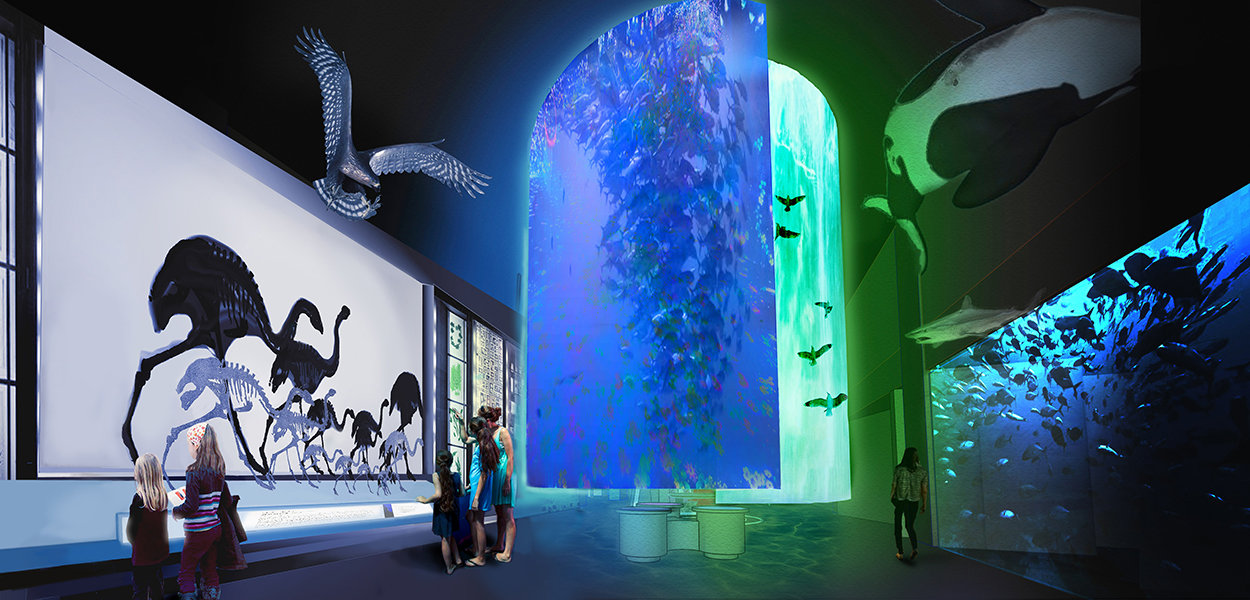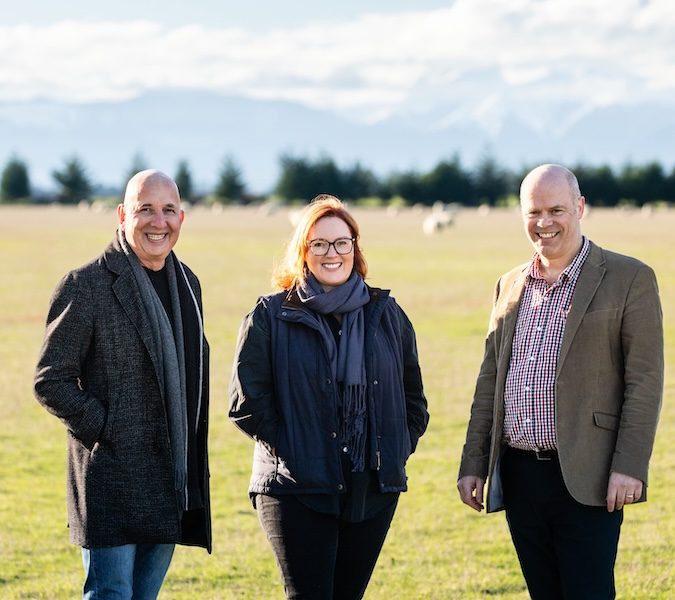
The new nature and environment zone is set to open in early 2019. In order to build it, several existing Te Papa exhibitions will temporarily close, including Mountains to Sea (home of the colossal squid) and Awesome Forces (which features the Edgecumbe earthquake house). Both have been in Te Papa since the museum opened in 1998.
The $11 million new zone will be free to visit. When it opens in 2019, visitors will be able to see hundreds of rare specimens, and get hands on with new interactive experiences. The squid will still be around, too, and the earthquake house will be, too, albeit revamped with a new interactive story about recent seismic shifts in Aotearoa.
The redevelopment of the nature zone will follow the opening of Toi Art, Te Papa’s new art gallery, in March 2018 – the biggest change to Te Papa since it opened. It also follows the opening of H?n?tore, Te Papa’s high-tech learning lab, in 2017 (which we wrote about here).
Dr Dean Peterson, Head of Science at Te Papa, says it’s time to create bold new exhibitions to reflect the changing world. “It’s going to be a huge space, with lots of chances to see some of the rarest specimens from the collection, like real huia feathers, a mummified moa foot, beaked whale skulls and fragile plants collected on Captain Cook’s first voyage to New Zealand,” he says. “There will be plenty of opportunities to get involved in hands-on activities, and to delve deeper using digital tools.”
He has more to say, too. “We’re exploring so many great ideas to show the wonders of our environment – perhaps you could dance like an albatross, smell a k?k?p?, or test your intelligence against a kea. Whatever ideas we choose, there’ll be something for people of all ages, and plenty of ways to get involved in conversations about the future of our planet.”
The new exhibitions will explore what’s weird and wonderful about our land and wildlife, what forces underlie the land’s formation, and what environmental challenges are most on New Zealanders’ minds today. Research about nature and human impact on the environment has changed substantially over the past two decades, says Dr Peterson. “These new exhibitions tackle the tough challenges facing us today, and tell more of Aotearoa New Zealand’s stories.”
Te Papa is developing the new exhibitions with the science community, iwi, environmental organisations, community groups, universities, Crown Research Institutes, and M?ori scholars.
“It’s taking a community to build this zone,” says Dr Peterson. “We’re looking at how things are explained through m?tauranga M?ori (M?ori knowledge) alongside science. The research is grounded in so many different perspectives and areas of expertise.”
*****
At a glance: Te Papa’s new nature zone
Cost: $11 million, including a $2 million grant from the Lottery Projects of National Significance Fund and support from EQC and GNS.
Planned opening: Early 2019
Main features:
Earthquakes
A new active, hands-on space for people to find out about earthquakes – why they happen and how they’ve shaped New Zealand, both physically and socially.
“Our understanding of earthquakes in New Zealand has changed dramatically since 1998,” says Dr Peterson. “As the national museum, it’s important that we reflect and explore the science, impact and human experiences of the last decade of seismic upheaval, especially the Canterbury and Kaikoura earthquakes.”
“The earthquake area will be a space of activity and action, with experiences like the updated earthquake house, but also a place of reflection and contemplation.”
Fresh water
Fresh water will be one of the featured environmental issues, with space for conversation and debate about this pressing topic.
“Water is vital to the health of our people, communities and environment – but it’s fast becoming a scarce commodity around the world,” says Dr Peterson. “It’s a hot topic which needs urgent action. The new exhibition will explore fresh water in Aotearoa: the amazing creatures that live in it, who uses it, and how we take care of our water for the future.”




